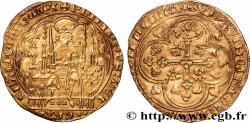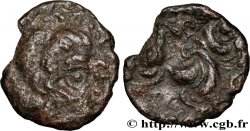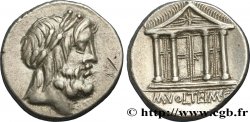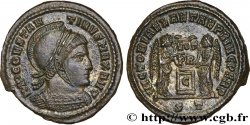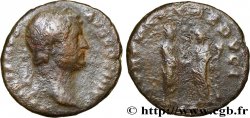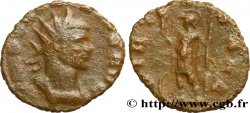Live auction - bry_737560 - PHILIP VI OF VALOIS Parisis d’or n.d. s.l.
You must signin and be an approved bidder to bid, LOGIN TO BID. Accounts are subject to approval and the approval process takes place within 48 hours. Do not wait until the day a sale closes to register. Clicking on "BID" constitutes acceptance of the terms of use of cgb.fr private live auctions.
Bids must be placed in whole Euro amounts only. The sale will start closing at the time stated on the item description; any bids received at the site after the closing time will not be executed. Transmission times may vary and bids could be rejected if you wait until the last second. For further information check the Live auction FAQ
All winning bids are subject to a 18% buyer’s fee.
All winning bids are subject to a 18% buyer’s fee.
| Estimate : | 28 000 € |
| Price : | 14 000 € |
| Maximum bid : | 14 000 € |
| End of the sale : | 07 June 2022 16:43:07 |
| bidders : | 4 bidders |
Type : Parisis d’or
Date: 06/09/1329
Date: n.d.
Mint name / Town : s.l.
Metal : gold
Millesimal fineness : 1000 ‰
Diameter : 31 mm
Orientation dies : 9 h.
Weight : 6,90 g.
Rarity : R3
Coments on the condition:
Ce parisis d’or est frappé sur un flan large et régulier. Exemplaire présentant de hauts reliefs avec d’infimes faiblesses de frappe très localisées à 3 heures au droit, se retrouvant à 11-12 heures au revers
Predigree :
Exemplaire provenant de la vente n° 8 de Monnaies de Collection de Monaco, 20 octobre 2021, n° 402
Obverse
Obverse legend : + PHILIPPVS: DEI: GRA: FRANCORVM: REX, (PONCTUATION PAR TROIS POINTS SUPERPOSÉS).
Obverse description : Philippe VI assis dans une stalle gothique avec baldaquin, couronné, tenant le sceptre et a main de justice, les pieds posés sur deux lions couchés.
Obverse translation : (Philippe, roi des Francs, par la grâce de Dieu).
Reverse
Reverse legend : + XP'C: VINCIT: XP'C: REGNAT: XP'C: IMPERAT, (N DE REGNAT ET INPERAT RÉTROGRADES, PONCTUATION PAR DEUX SAUTOIRS SUPERPOSÉS).
Reverse description : Croix feuillue et fleuronnée avec quadrilobe en cœur, cantonnée de quatre lis, dans un quadrilobe aux quatre angles extérieurs tréflés.
Reverse translation : (Le Christ vainc, le Christ règne, le Christ commande).
Commentary
Avec le florin Georges et la couronne d’or, le parisis d’or est la monnaie la plus rare du règne de Philippe VI.
Along with the Georges florin and the gold crown, the gold parisis is the rarest coin from the reign of Philip VI.
Along with the Georges florin and the gold crown, the gold parisis is the rarest coin from the reign of Philip VI.







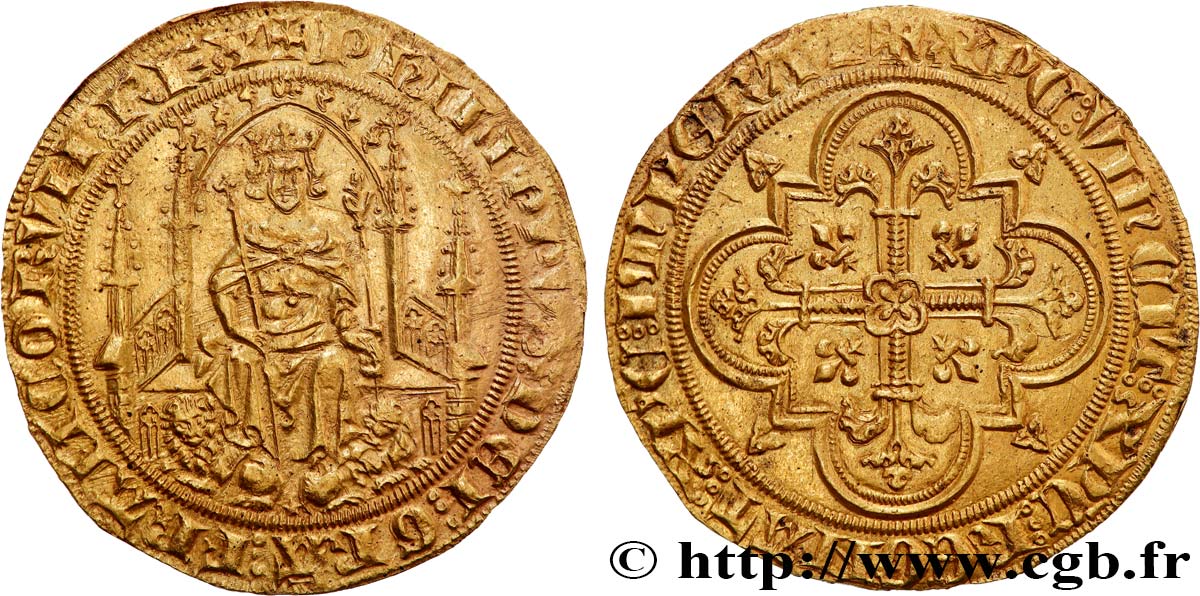
 Report a mistake
Report a mistake Print the page
Print the page Share my selection
Share my selection Ask a question
Ask a question Consign / sell
Consign / sell
 Full data
Full data


